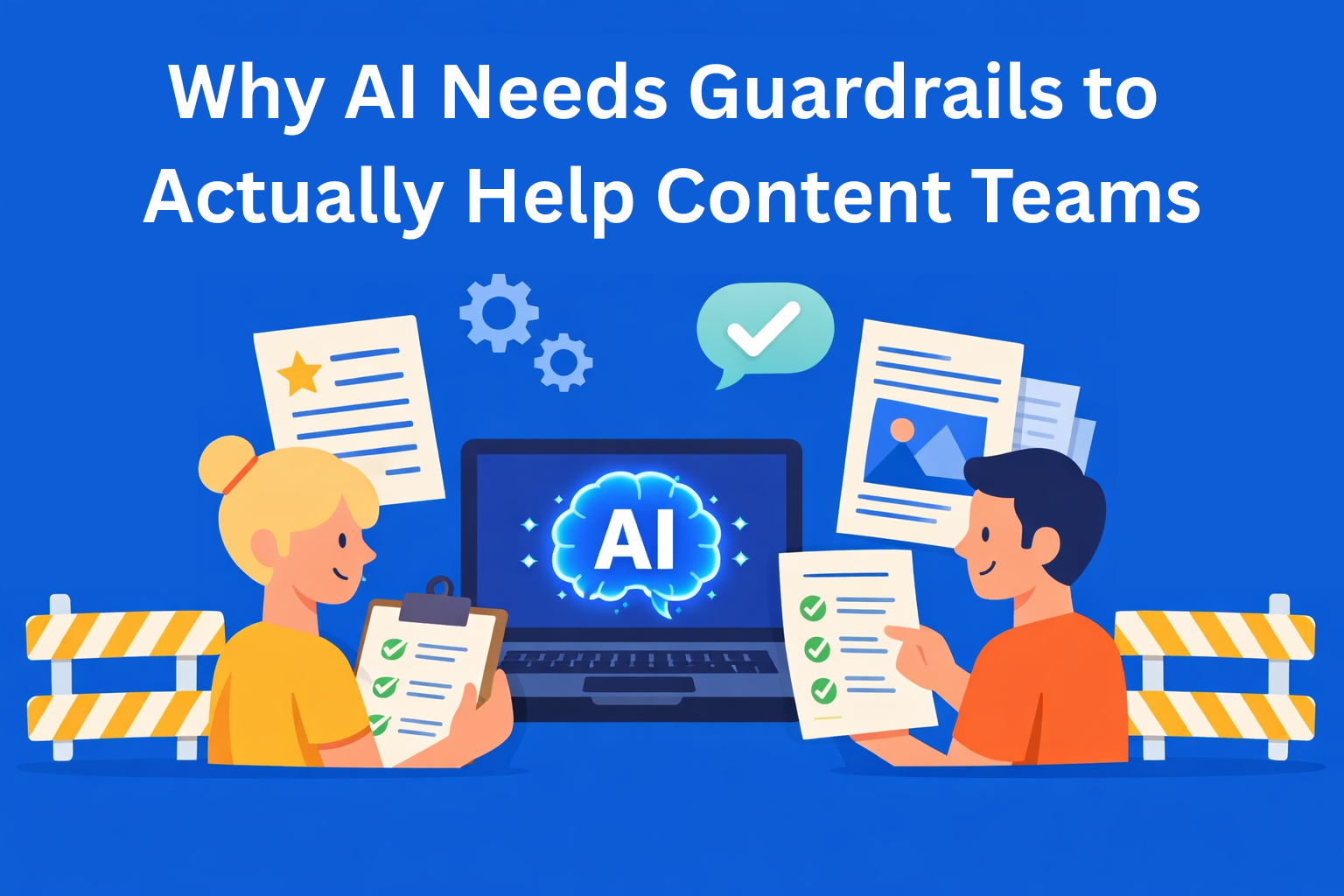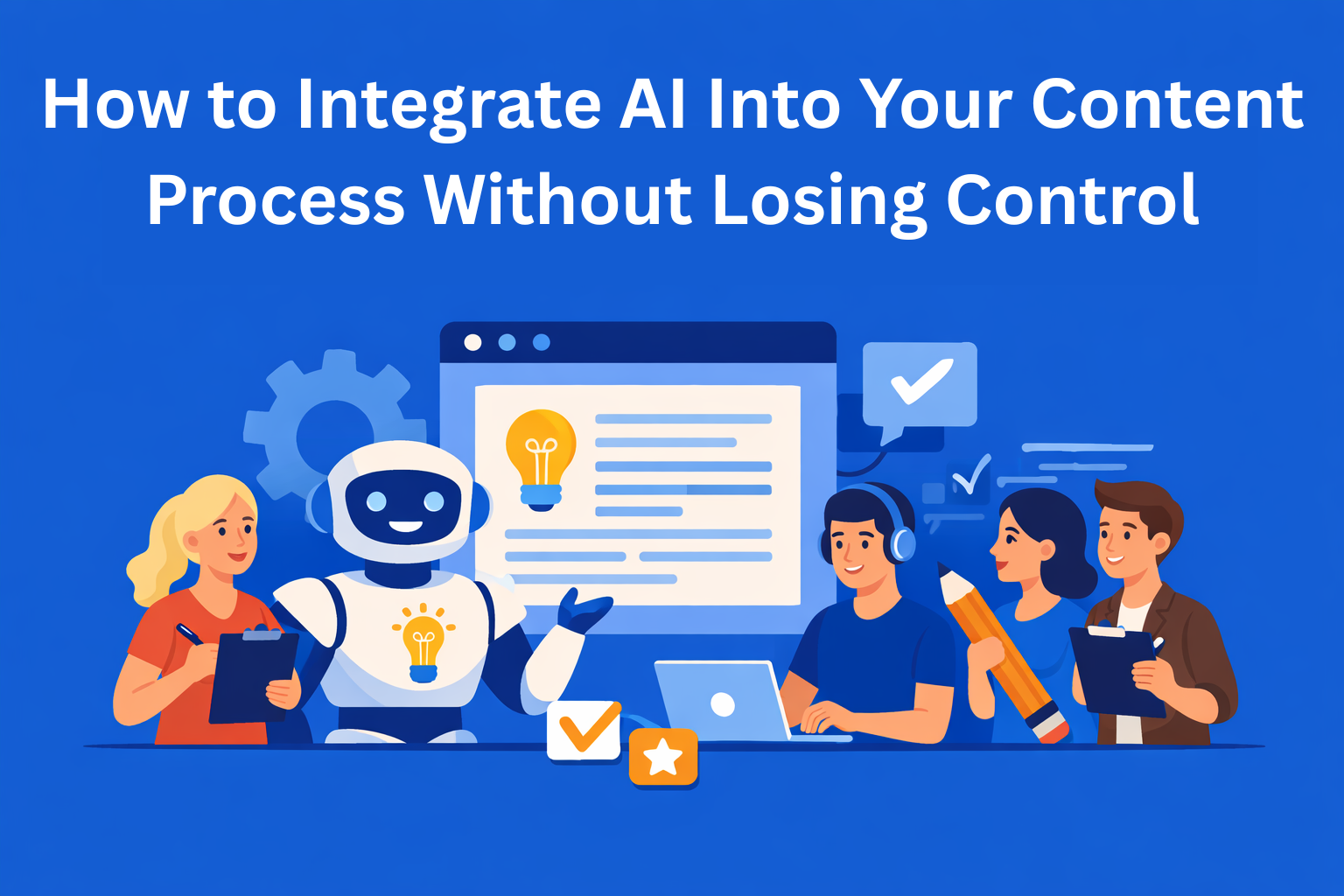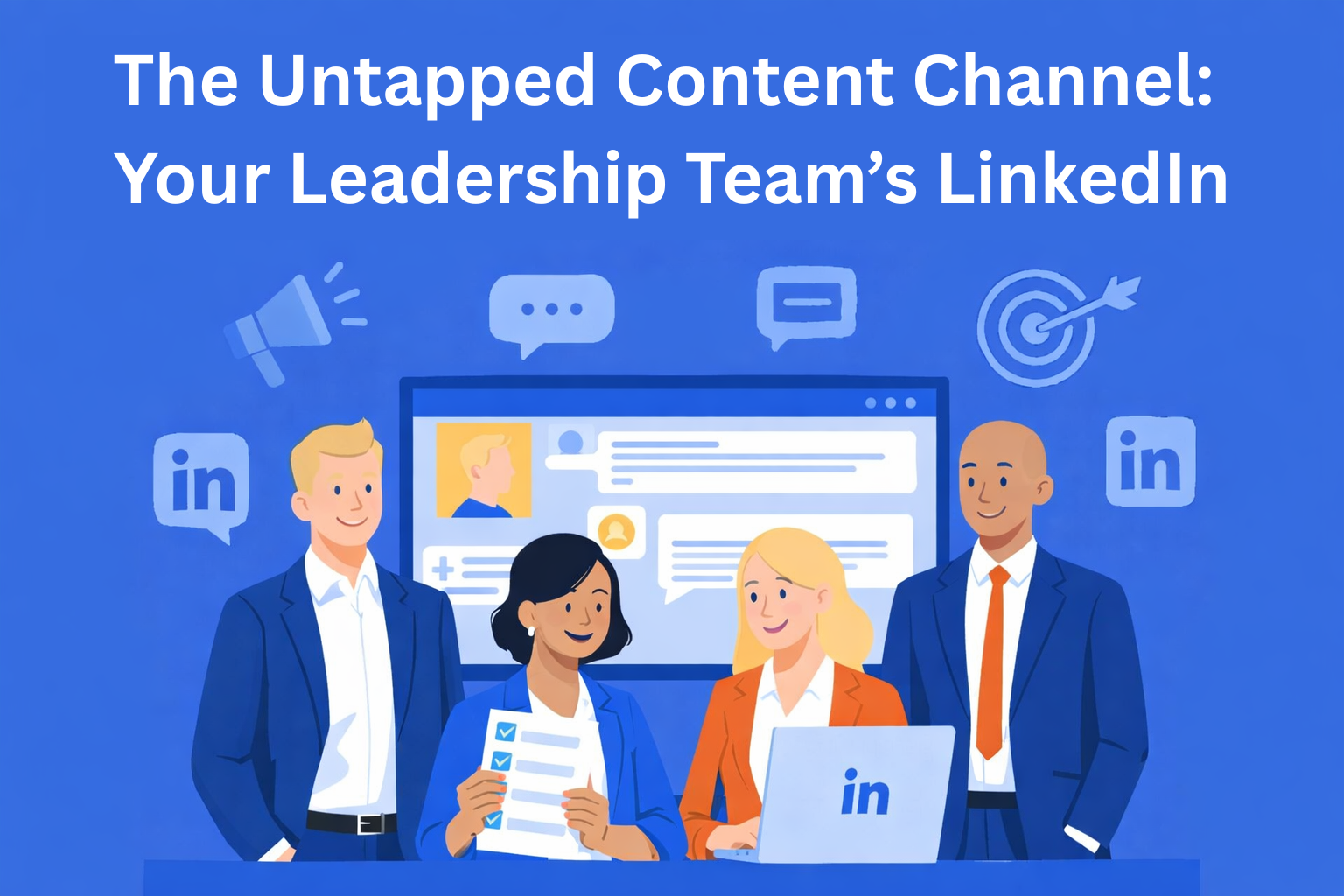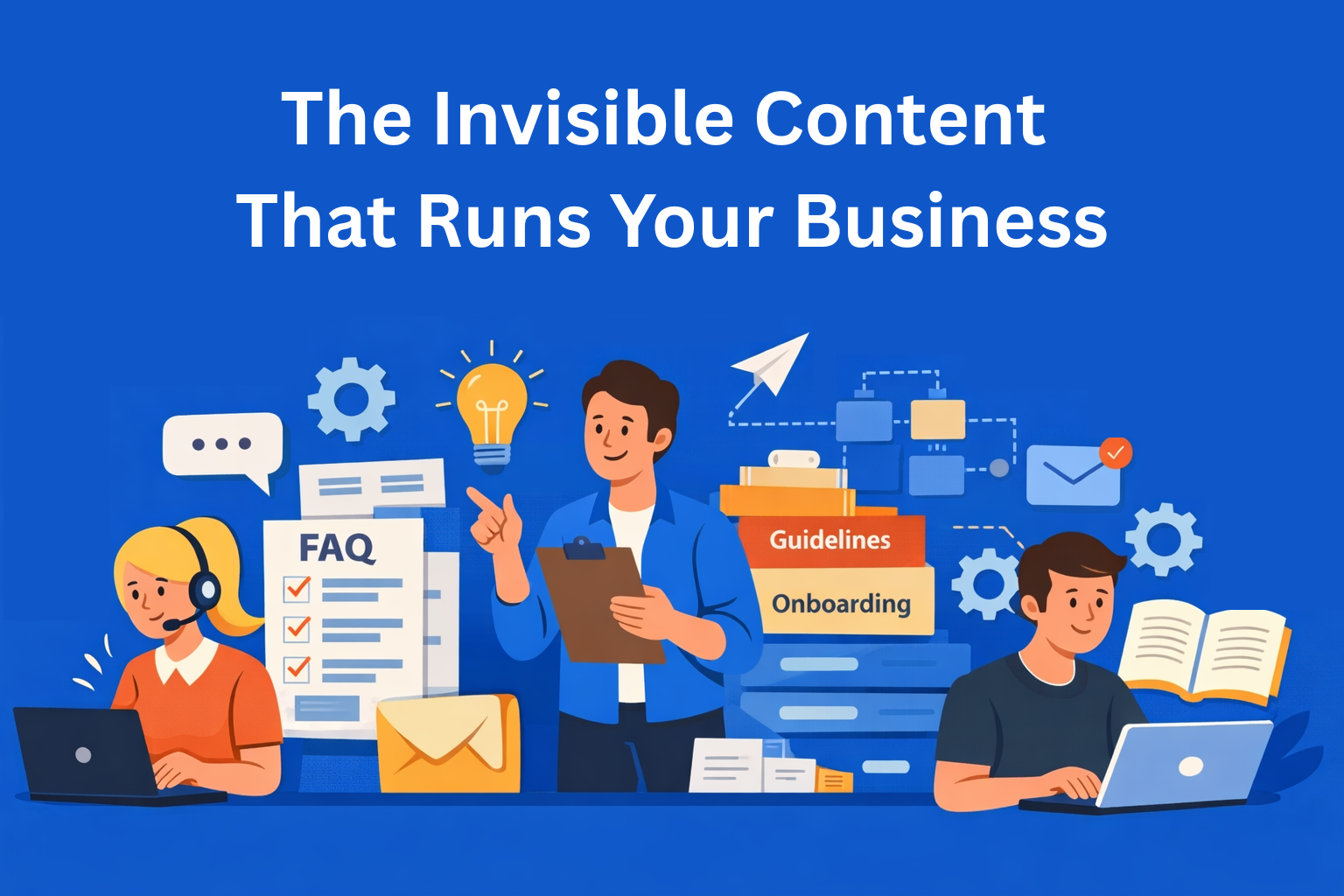From First Click to Loyal Advocate: Building a Content Experience That Converts
Most content gets the first click - few earn a second. This blog shows how to turn casual readers into long-term advocates by building a trust-driven content experience, not just traffic.
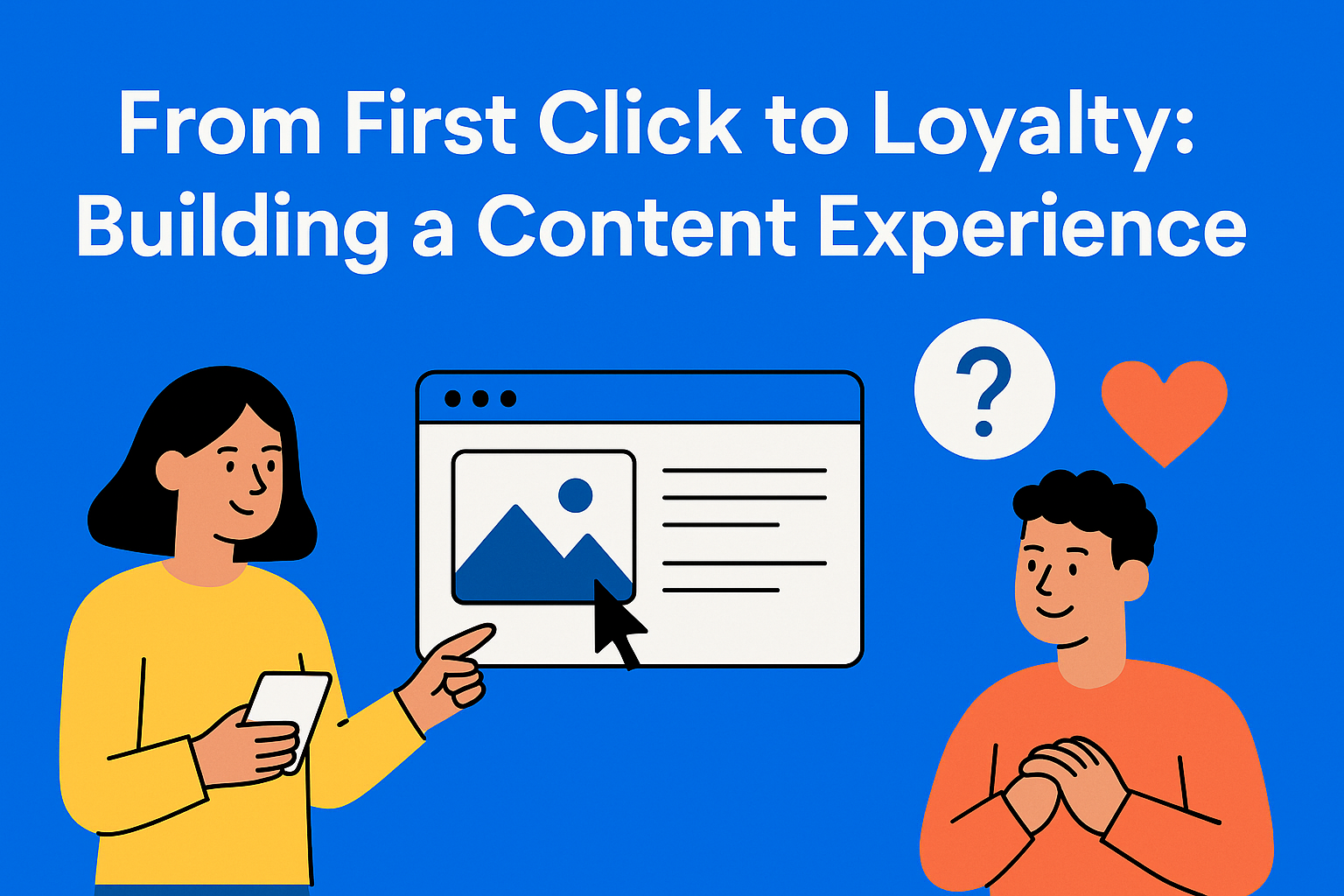
It’s easy to think of content as a one-and-done deal - write the blog, post it, maybe share it on LinkedIn, and hope it brings in leads. But great content isn’t just a transaction. It’s an experience.
Every headline, image, and paragraph is part of a journey that starts with a single click and (if you do it right) can end with a loyal advocate who’s proudly sharing your brand with others.
The problem? Most teams stop at that first click. They optimize for traffic, not trust. They track views, not relationships. But the real magic of content marketing isn’t in getting attention - it’s in keeping it.
Let’s walk through how to create a content experience that guides your audience from casual readers to lifelong fans.
Key Takeaways
- Content is not a transaction but a journey - The goal isn’t to get a click, it’s to guide someone from curiosity to long-term connection.
- Trust is earned through value and consistency - Readers stay when your content delivers real insight in a consistent voice, not just surface-level information.
- A seamless path keeps audiences engaged - Each piece should naturally lead to the next, guiding readers deeper instead of leaving them at a dead end.
- Emotional connection turns readers into believers - People remember stories, tone, and empathy far more than technical explanations or data alone.
- Experience creates loyalty - When your content stays consistent across channels and continues after conversion, readers become long-term advocates.
Step 1: Make a Great First Impression (Without the Gimmicks)
First impressions matter - online, they happen in about three seconds. That’s how long you have to convince someone not to bounce.
But making a good first impression doesn’t mean clickbait or over-promising headlines. It means clarity, relevance, and a tone that feels human.
When someone clicks your content, they should instantly think, “Okay, these people get it.”
Quick wins for better first clicks:
- Match your promise to your content. If your headline says “How to Save Time With Automation,” don’t spend half the article talking about why time is valuable.
- Design for readability. Short paragraphs, clear structure, and clean visuals tell your reader you respect their time.
- Lead with empathy. Start by showing you understand the reader’s challenge - not by explaining your solution.
The first click is like a handshake. Don’t crush it with jargon or fluff.
Step 2: Build Trust With Value (Not Volume)
Once someone’s on your page, you have to prove you’re worth their time. And that doesn’t mean throwing ten CTAs at them or linking to every product page you have.
Trust grows through value.
Give readers insights they can use, not just information they could’ve Googled. Show expertise, but keep it grounded. And remember - consistency builds credibility.
That’s where documentation and structure matter. Platforms like EasyContent help teams align tone, maintain accuracy, and ensure every piece meets brand standards before it’s published. Because if one blog sounds like Shakespeare and the next one sounds like ChatGPT, trust goes out the window.
A reliable voice = a reliable brand.
Step 3: Create a Seamless Journey
Think of your content like a playlist - each piece should flow naturally into the next.
After someone reads one blog, where do they go next?
- Another article that expands on the topic?
- A free guide that helps them take action?
- A case study that shows real-world proof?
If your content ends in a dead end (“Thanks for reading!” and nothing else), you lose momentum. Instead, use internal linking and well-placed CTAs to gently guide readers forward.
A good content journey feels like exploring a well-designed city: you’re always discovering something new, but it never feels confusing or forced.
Step 4: Don’t Just Inform - Connect Emotionally
Humans make decisions emotionally, then justify them logically. That’s why content that connects on an emotional level always performs better.
You can do this by:
- Telling stories, not stats. Data is great, but stories stick.
- Using relatable examples. Write like you’re talking to someone who’s been where your reader is right now.
- Being authentic. You don’t have to sound perfect - you just have to sound real.
Emotional connection turns casual readers into people who care. And people who care come back.
Step 5: Keep the Experience Consistent Across Channels
If your blog feels educational, but your social posts sound like ad copy from 2008, your audience will feel the disconnect. Consistency builds trust - and that means your brand voice, visuals, and messaging should align across every channel.
This is where EasyContent really shines. You can store voice and tone guidelines, create templates for different content types, and make sure every writer, editor, or designer is pulling from the same playbook.
Because consistency isn’t about repeating yourself - it’s about reinforcing who you are.
Step 6: Empower Readers to Take Action
Every great piece of content gives the reader a next step - something useful, not pushy. Maybe it’s downloading a checklist, leaving a comment, or simply reflecting on what they learned.
The best CTAs feel like a natural part of the story:
- “Want to see how this works in real life? Check out our case study.”
- “If you’re struggling with this too, here’s a short guide to help.”
- “Try applying these steps in your next campaign and see the difference.”
When you make the reader feel in control, you invite them deeper into the experience.
Step 7: Keep the Relationship Alive
Once someone converts (signs up, buys, subscribes), your content journey isn’t over. It’s just evolving.
Post-conversion content should reinforce their decision, not disappear. Think:
- Onboarding guides that make the experience smoother.
- Success stories that inspire them to grow with your brand.
- Community-driven content that keeps them engaged beyond the transaction.
When your audience feels seen and supported after they convert, that’s when loyalty begins.
Step 8: Turn Readers Into Advocates
Loyalty is great. Advocacy is better.
People who love your brand do your marketing for you - they share your posts, recommend your products, and become your loudest champions.
How do you get there?
By consistently showing up with value, authenticity, and a brand experience that feels less like “marketing” and more like a conversation.
Content-driven relationships don’t end at the sale; they thrive beyond it.
Conclusion
Your content shouldn’t just attract clicks - it should build connections. Every blog, video, or social post is part of a larger experience that shapes how people see your brand.
If you focus only on impressions, you’ll always chase attention. But if you focus on experience, you’ll earn loyalty.
With the right workflows, documentation, and a central platform like EasyContent, you can make sure every touchpoint feels consistent, intentional, and human.
Because in the end, the brands that win aren’t just the ones that shout the loudest - they’re the ones that build trust, one word at a time.



